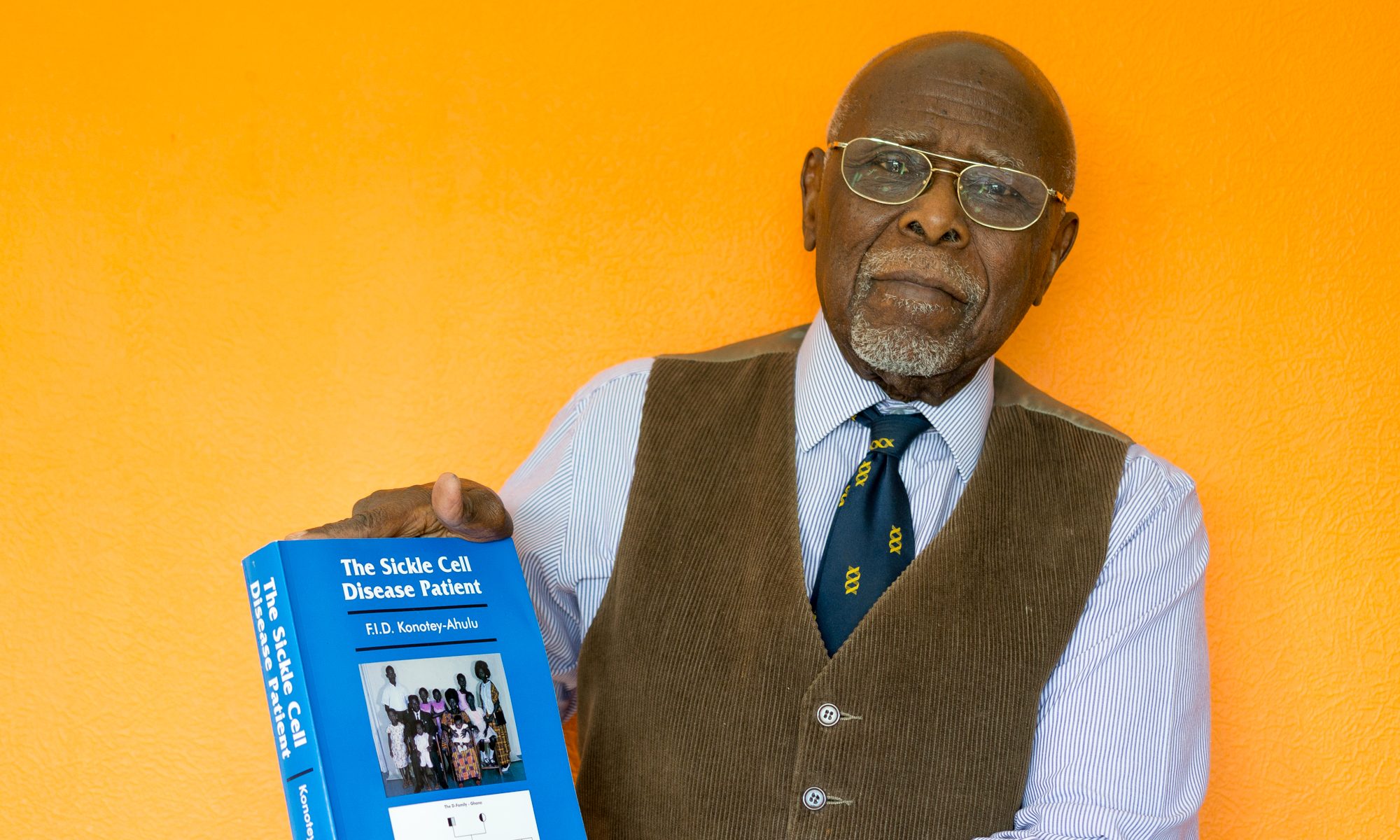Thanks to Dr Geraint James who introduced me to his wife Professor Sheila Sherlock in the early 1960's, I became one of her research fellows on Stanley Shaldon's famous Kidney Unit at the Royal Free Hospital School of Medicine [1]. Working around the clock sometimes, Stanley Shaldon's unit was the first in Europe to introduce home haemodialysis. If, as Professor Christopher Blagg states (5 Jan) “By 1971 58.8% of patients on dialysis in the UK received dialysis at home” [2] this was mainly due to Stanley Shaldon's extraordinary drive [3].
As Ken Farrington pointed out “self supervised haemodialysis performed in the patient's home was pioneered ..largely to cope with increasing numbers” [4]. In the tropics, especially west Africa, many deaths from renal failure are an every day occurrence. Only the very wealthy can extend their lives with renal failure, for only they can afford to run generators with uninterrupted electricity in their homes. I would have liked to see some costing in Professor Blagg's editorial [2].
When Ghanaians woke to the fact that Kwame Nkrumah's “Free Health Care for everybody” was no longer an option, and the government haemodialysis centres collapsed, it became obvious that only the very wealthy could survive end stage renal failure. Not so in the UK and USA, where the poor appear to be able to benefit from expensive health care delivery programmes.
The wearable haemodialysis device recently described by Andrew Davenport and colleagues [5] would be ideal for the African situation, where ambulant patients can just switch on the system when ominous symptoms after straying from prescribed dietary requirements begin to appear [6]. But how much would the wealthy African be expected to set aside for this?
Ghana has succeeded in introducing a National Health Insurance Policy, but because of the sheer numbers involved, it is incapable of covering haemodialysis whether in hospital, at home, or on foot.
Competing interests: None
References
1 Konotey-Ahulu FID, Baillod RA, Comty CM, Heron JR, Shaldon S, Thomas PK. Effect of periodic dialysis on the peripheral neuropathy of end -stage renal failure. BMJ 1965; 2: 1212-1215.
2 Blagg CR. Haemodialysis. Wide variations in availability exist, and the UK lags behind some other countries. BMJ 2008; 336: 3-4 (Editorial 5 January)
3 Baillod RA, Comty CM, Ilahi M, Konotey-Ahulu FID, Sevitt L, Shaldon S. Overnight haemodialysis in the home. Proc Eur Dial Transplant Assoc 1966; 2: 99
4 Farrington K. Modality selection and patient outcome. In Akoh JA, Hakim N S (Eds) Dialysis Access – Current Practice, London: Imperial College Press 2001, pp 23-47.
5 Davenport A, Gura V, Ronco C, Beizai M, Ezon C, Rambad E. A wearable haemodialysis device for patients with end-stage renal failure: a pilot study. Lancet 2007; 370: 2005-2010 (Dec 15).
6 Konotey-Ahulu FID, Anderson G. Treatment of hyperkalaemic cardiac arrest by timely haemodialysis. Ghana Medical Journal 1965; 4: 158-163.
Published in the British Medical Journal on line 10 Jan 2008 http://www.bmj.com/chi/eletters/336/7634/3
Competing interests: None declared

Dear Felix,
I was touched by your comments to Blaggs editorial in BMJ. How are you and how much time do you spend in London. I have been invited to participate in a Welcome Trust’s History of Twentieth Century Medicine Group in a witness seminar on the history of dialysis c.1950-2000 at the werlcome Trust Centre on 26.02.2008. I will be in London from 25-27.02.2008. How about having dinner together if you are in London on 25_02_2008. I am staying at the Ibis Hotel in Euston.
Very best personal regards
STANLEY
Stanley Shaldon MA.MD. (Cantab). FRCP (Lond.
25 Le Michelangelo
7 Avenue des Papalins
Monaco 98000
tel 00377_92056166
fax 00377_92059026
moblie 00377_680864783
email stanley.shaldon@libello.com